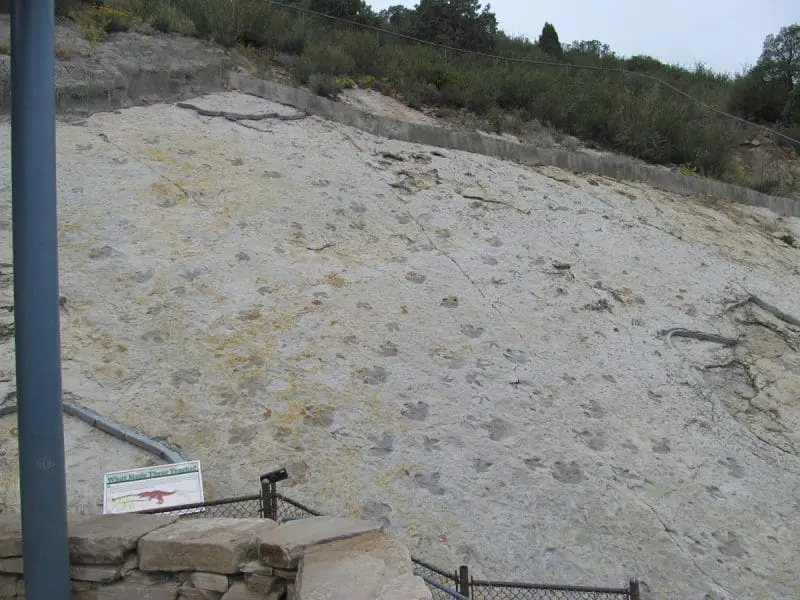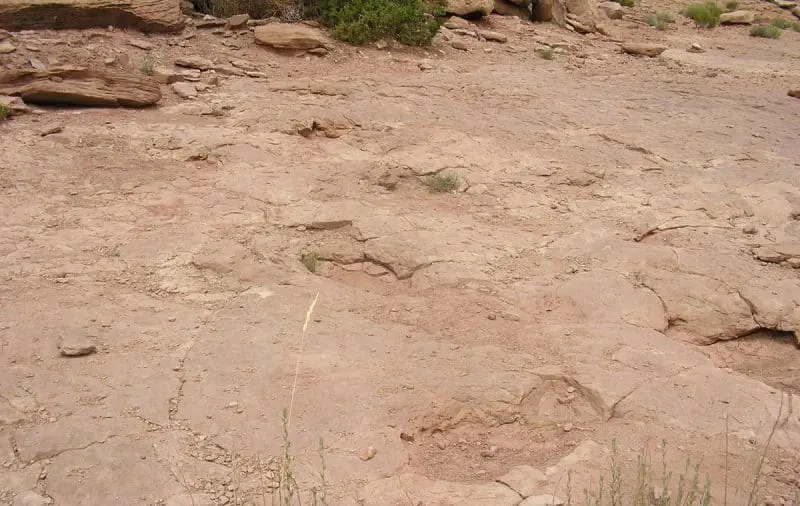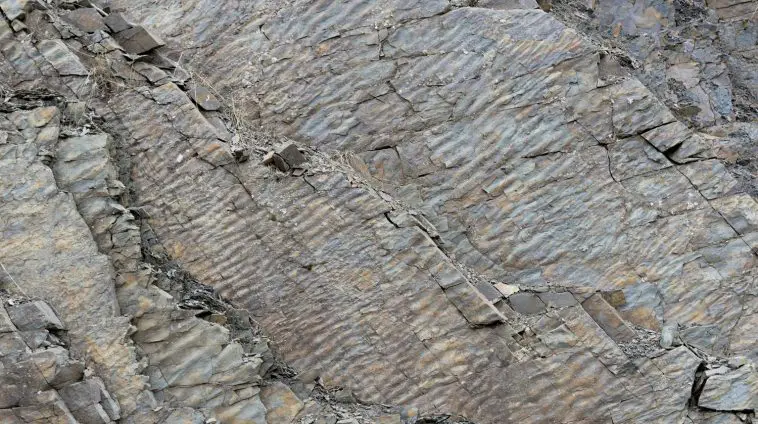[Originally published as Ephemeral Markings]
In geology and paleontology, ephemeral markings are found and studied throughout the rock record. These markings are also called trace fossils. Primary examples of these markings are ripple marks, raindrop marks, and various tracks or footprints. They are ephemeral because these markings normally would not be expected to last — they are, by definition, short-lived, transitory, and fleeting.
Most people have seen human and animal footprints and water ripples in the sand on a beach. These markings look identical to the trace fossil examples, but are gone with minutes or hours While similar marks can last for several days in and around lakes, rivers, or ponds, even those markings will be gone relatively quickly due to weather and the work of various life forms.
We simply do not witness these types of imprints in the earth’s surface lasting for long periods of time.

Yet we often find ripple marks, raindrop imprints, animal footprints, and even human footprints frozen in the rock record. What do these markings tell us about Earth’s history? They bear silent witness to a unique and catastrophic past.
The actions of the year-long worldwide Flood can better explain how these markings were made and preserved for thousands of years until discovered.
In numerous cases, after the markings are discovered, they quickly disappear due to weathering if not protected by a building. That was the case for some dinosaur footprints I examined in Utah and that can be seen in the image below. That is also an issue I noticed for dinosaur footprints found along the Paluxy River in Texas. These markings do not last for even a few decades, depending on the type of rock and the climate, etc., so why would we ever expect them to last for millions of years of exposure to the elements?






